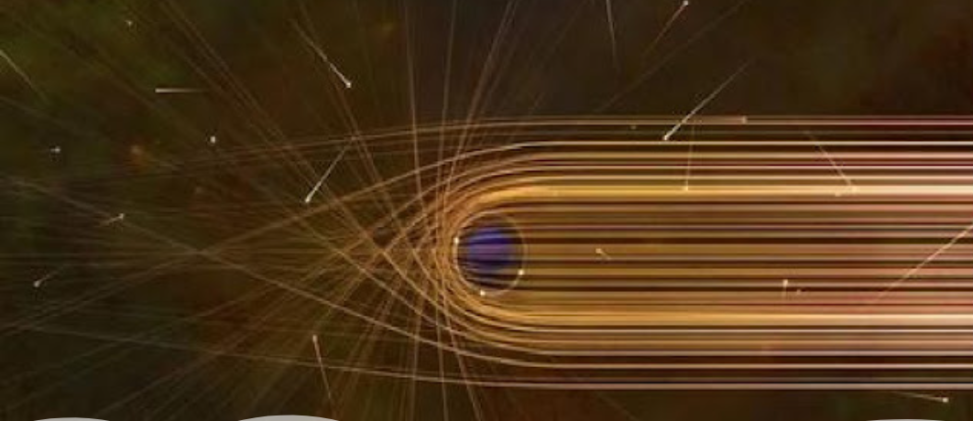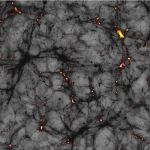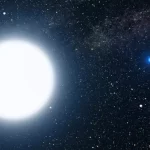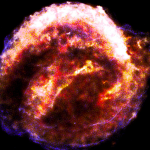One of the most fascinating implications of Einstein’s famous equation E=mc2 is that matter and energy are interchangeable.
In other words, it should be possible to create matter from pure energy, such as light. This process, known as matter creation or pair production, was first proposed by physicists Gregory Breit and John Wheeler in 1934. However, it has remained elusive for decades, as it requires extremely high-energy photons to collide with each other and produce electron-positron pairs.
Now, a team of scientists from Brookhaven National Laboratory in New York has reported the first direct observation of matter creation from light in a single step. They used the Relativistic Heavy Ion Collider (RHIC), a powerful particle accelerator that can smash together heavy ions at nearly the speed of light. By doing so, they created intense electromagnetic fields that contained virtual photons, which are short-lived disturbances in the fields that behave like real photons.
When two ions passed by each other without colliding, some of their virtual photons interacted and turned into real photons with very high energy. These photons then collided with each other and produced electron-positron pairs, which were detected by the STAR detector at RHIC. The scientists analyzed more than 6,000 such pairs and found that their angular distribution matched the theoretical prediction for matter creation from light.
This experiment not only confirms a long-standing prediction of quantum electrodynamics, but also demonstrates a new way of studying the properties of matter and antimatter in extreme conditions. The scientists hope to further explore this phenomenon and its implications for fundamental physics and cosmology.





